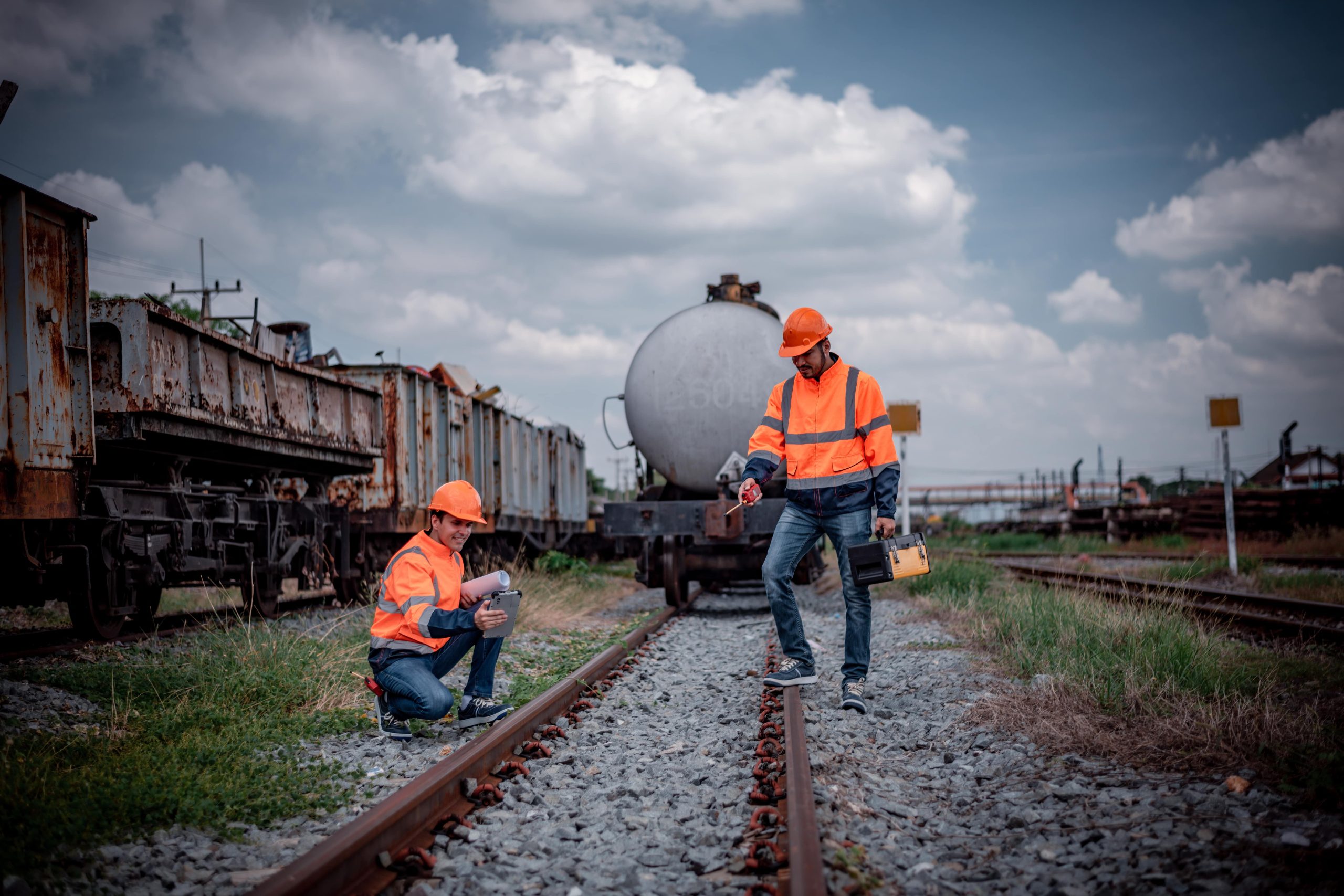How Do You Explain Railroad Workers Cancer Lawsuit To A Five-Year-Old
Railroad Workers Cancer Lawsuit: A Call for Justice and Awareness
Intro
Railroad workers have actually long been considered the foundation of the transport system, making sure that goods and individuals pass through huge ranges. Nevertheless, this necessary role typically includes hidden dangers, particularly worrying exposure to toxic substances. For many, the severe truths of their work environment have led to extreme health implications, including various types of cancer. In current years, the railroad workers cancer lawsuit has actually emerged as an essential issue, highlighting the need for responsibility, acknowledgment, and compensation for those affected.
This article will dig into the context, implications, and continuous developments surrounding these lawsuits. Furthermore, Full Article will provide important info, consisting of FAQs, that can help raise awareness about this crucial concern.
Understanding the Issue: The Risks Faced by Railroad Workers
Occupational Hazards and Cancer Risks
Railroad workers are frequently exposed to damaging chemicals that can increase their risk of establishing cancer. Some of the primary compounds contributing to these risks consist of:
- Benzene: A known carcinogen typically discovered in diesel exhaust and certain kinds of lubricants.
- Asbestos: Used in insulation materials, it is well-known for its link to lung cancer and mesothelioma.
- Polycyclic aromatic hydrocarbons (PAHs): Produced from insufficient burning, these chemicals are also linked to a number of cancers.
- Radiation: Workers may be exposed to raised levels, especially in specific functions, increasing their cancer threat.
Table 1: Common Carcinogens in the Railroad Industry
Carcinogen
Source
Associated Cancer
Benzene
Diesel, lubricants
Leukemia
Asbestos
Insulation, brake linings
Lung cancer, mesothelioma
PAHs
Diesel exhaust
Lung, bladder cancer
Diesel Exhaust Particulates
Train operations
Lung cancer
Formaldehyde
Preservatives, adhesives
Nasopharyngeal cancer
The Legal Landscape: railroad Workers Cancer Lawsuit
The FELA
At the heart of much of these suits is the Federal Employers Liability Act (FELA), enacted in 1908. FELA allows railroad workers who suffer injuries or illnesses arising from their company's negligence to seek compensation. This federal law provides a legal structure for railroad workers to hold companies accountable for their working conditions.
Recent Developments
Over the last few years, various claims have been filed against significant railroad corporations. Victims claim that business purposefully exposed them to harmful compounds without correct security procedures. Some considerable lawsuits consist of:
- In 2020, a class-action lawsuit was released by a group of previous railroad workers in California, alleging organized neglect concerning asbestos exposure.
- In 2021, another lawsuit acquired attention when a major railroad corporation was accused of improperly informing its workers about the risks associated with diesel exhaust.
Table 2: Notable Railroad Workers Cancer Lawsuits
Year
Case Name
Allegations
Outcome
2020
California Asbestos Lawsuit
Direct exposure to asbestos without safety measures
Pending
2021
Diesel Exhaust Litigation
Failure to divulge threats related to diesel
Continuous
2022
Nationwide Class Action
General carelessness regarding carcinogenic direct exposure
Settled
The Human Impact
Cancer is not just a fact for railroad workers; it is a life-altering medical diagnosis that affects not just the specific however their households also. The psychological, physical, and monetary concerns related to cancer can be frustrating. Survivors frequently deal with extensive medical treatments, rehabilitation, and loss of earnings.
Individual Stories
John Smith, a former locomotive engineer, was identified with lung cancer after decades of exposure to diesel exhaust. Smith's story prevails among railroad workers who feel abandoned by the business they served for years.
Lisa Johnson, a rail lawn employee, battled mesothelioma attributed to asbestos direct exposure. As someone who devoted her profession to the railroad, she recently pursued a FELA claim against her employer for stopping working to secure her and others from such harmful products.
Regularly Asked Questions
1. Who is qualified to submit a FELA claim?
Any railroad employee who has actually suffered injuries or diseases due to employer neglect is eligible to submit a claim under FELA.
2. What types of cancer are linked to railroad work?
Common cancers linked to railroad work include lung cancer, leukemia, mesothelioma cancer, and bladder cancer due to numerous chemical exposures.
3. How can I show my claim under FELA?
Showing a FELA claim usually needs demonstrating the company's carelessness and establishing a link in between that neglect and the cancer medical diagnosis.
4. What resources are available for afflicted workers?
A number of companies use resources, consisting of legal aid, medical support, and assistance groups for railroad workers and their households affected by cancer.
5. What steps should I take if I suspect I have a job-related cancer?
If you believe a job-related cancer, it is important to seek advice from a medical specialist for medical diagnosis and treatment, and think about seeking legal suggestions to check out possible claims for payment.
The railroad workers cancer lawsuit highlights the pressing requirement for responsibility and reform in the market. As awareness of the dangers faced by these workers grows, so too does the urgency to hold corporations responsible for their failings. While the road to justice may be long and challenging, the durability of railroad workers and their unwavering fight for their rights will hopefully lead to meaningful change in work environment safety standards and enhanced health outcomes for those affected by occupational exposure.
Raising awareness about the risks and advocating for legal and systemic reforms are important actions towards making sure that railroad workers can perform their important functions without risking their health. As the legal fights continue, the stories of those affected should not be forgotten, acting as a reminder of the dedication these workers have shown and the considerable threats they face daily.
